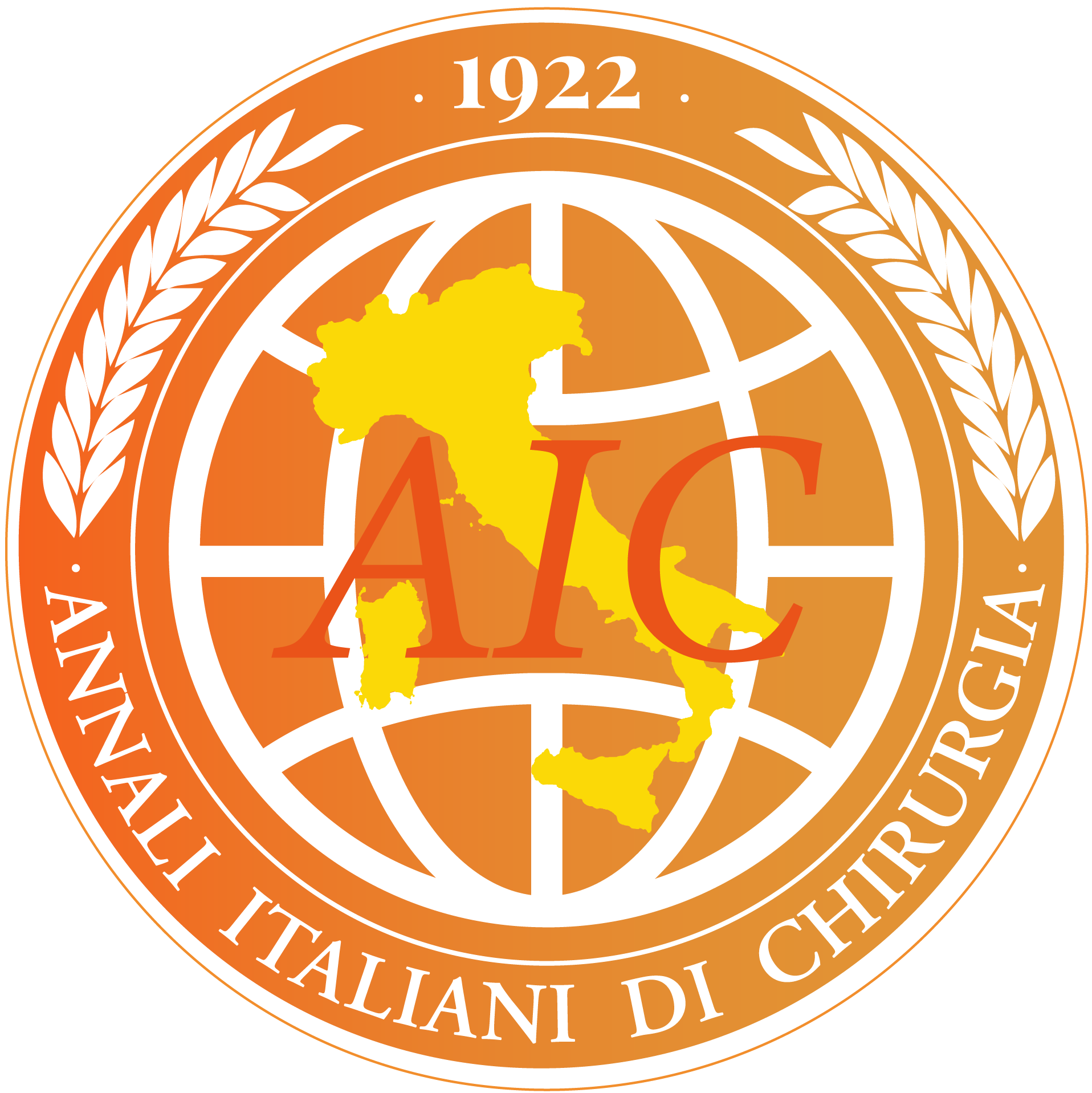1 Jul 2017Article
T-tube biliary drainage during reconstruction after pancreaticoduodenectomy. A single-center experience
Pasquale Cianci 1Gloria Giaracuni 1Nicola Tartaglia 1Alberto Fersini 1Antonio Ambrosi 1Vincenzo Neri 1
Affiliations
Article Info
1 Department of Medical and Surgical Sciences, University of Foggia, Foggia, Italy
Ann. Ital. Chir., 2017, 88(4), 330-335;
Published: 1 Jul 2017
Copyright © 2017 Annali Italiani di Chirurgia
This work is licensed under a Creative Commons Attribution 4.0 International License.
Abstract
AIM: The purpose of this study is to communicate our experience about the results and effectiveness in the use of the Ttube biliary drainage during pancreaticoduodenectomy. MATERIAL OF STUDY: In accordance whit Whipple we perform the gastric antrum resection during pancreaticoduodenectomy. We have treated 42 patients with pancreaticoduodenectomy, 25 males and 17 females with a mean age of 62 years (range: 53-79 years), and in each of them we have placed a biliary T-tube. RESULTS: Pancreatic fistula was the most common complication and occurred in 10 patients (23.81%), all of these were low-flow fistula (<200 ml) and required only medical treatment. DISCUSSION: Resection of the pancreas is considered a major operative procedure. Pancreatic fistula is the most common complication after pancreaticoduodenectomy, and it was also the most frequent complication observed by us. In pancreaticoduodenectomy T-tube allows lesser risks of complications due to pancreatic fistula and it makes its faster healing. In all cases the treatment was not invasive. CONCLUSIONS: T-tube biliary drainage can make a positive contribution concerning all the complications that can occur after pancreaticoduodenectomy, especially against the pancreatic fistula.
Keywords
- Pancreas head cancer
- Pancreatic fistula
- Pancreatic Tumors
- Pancreaticoduodenectomy
- T-tube drainage


